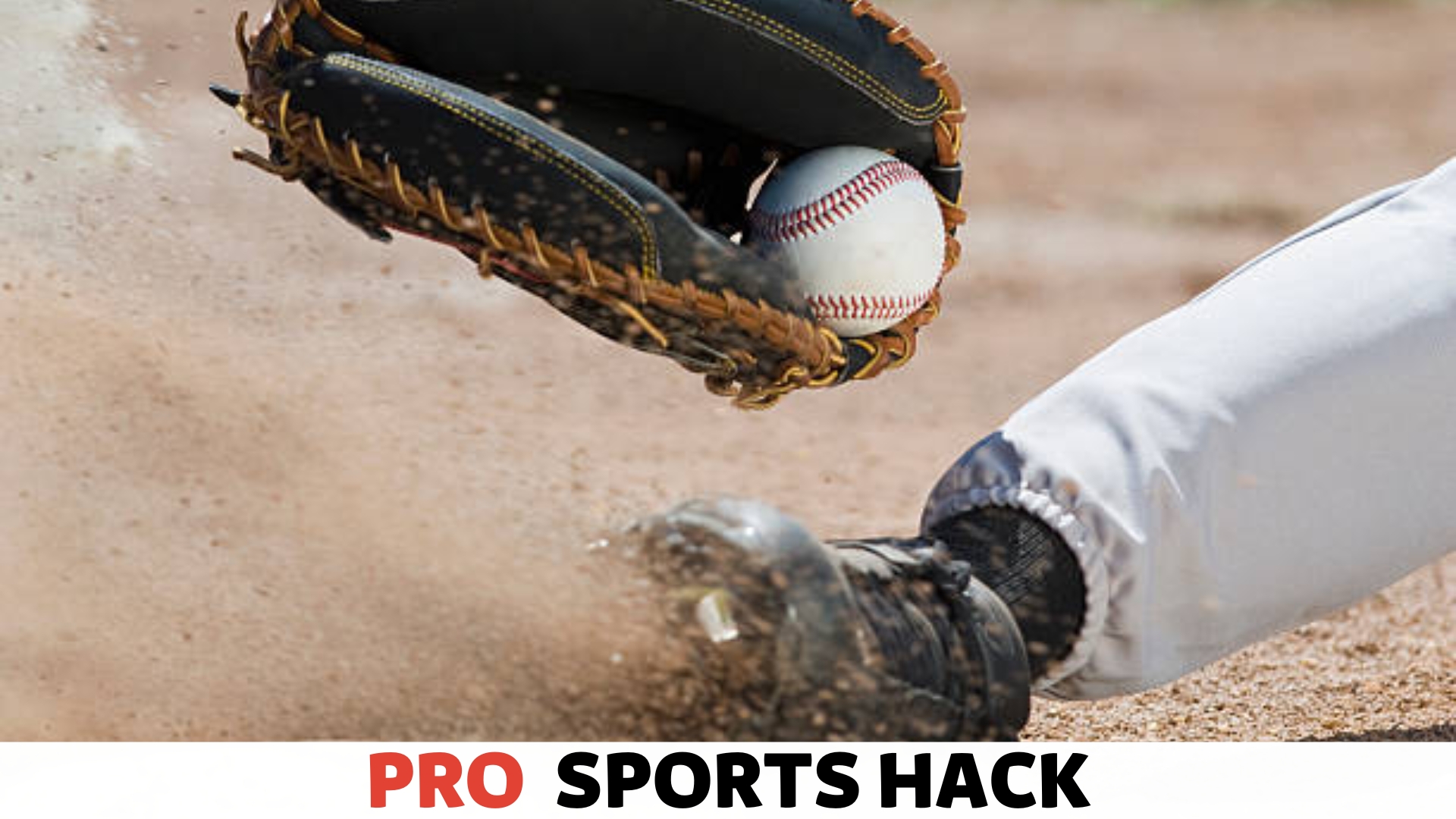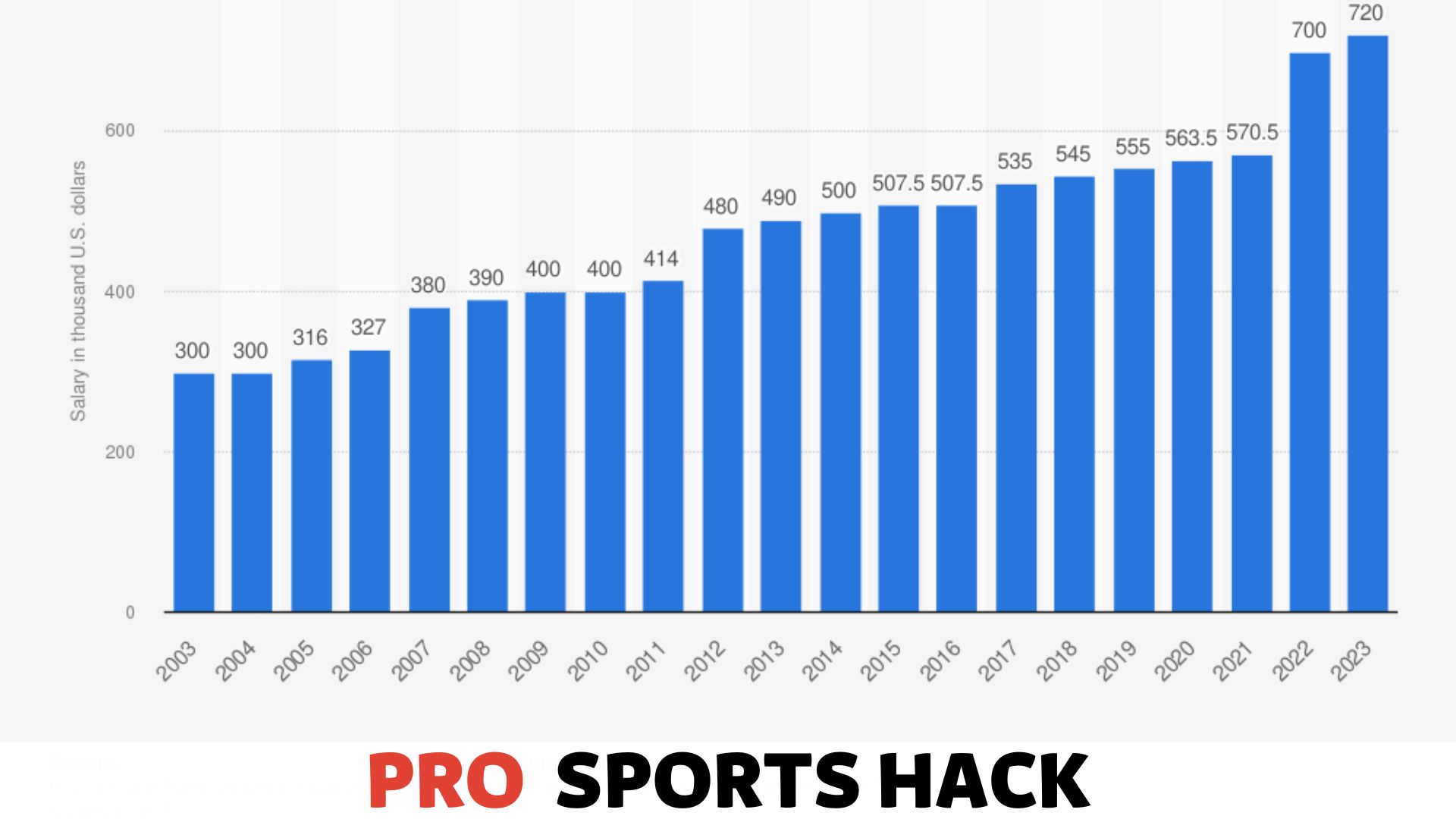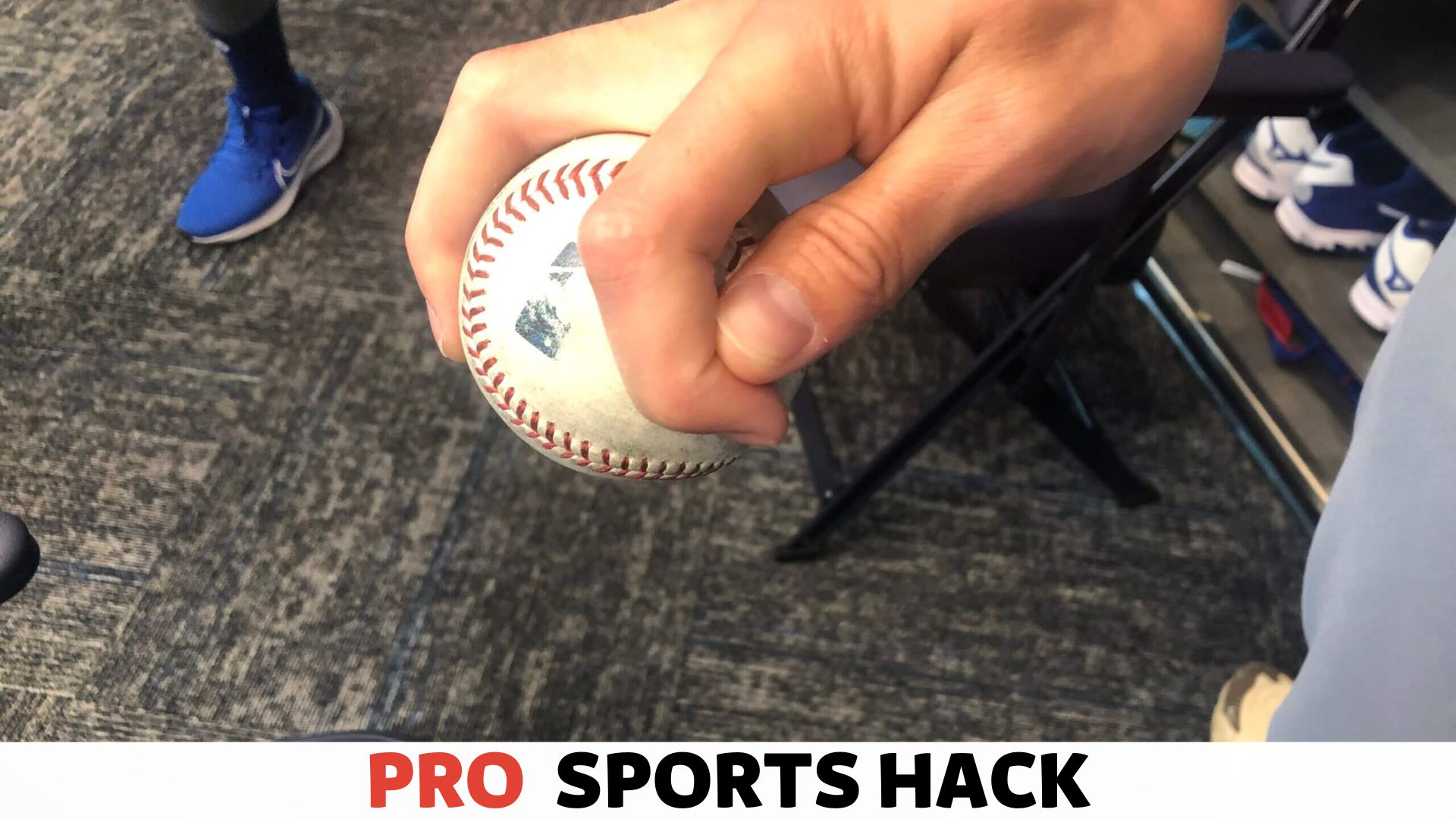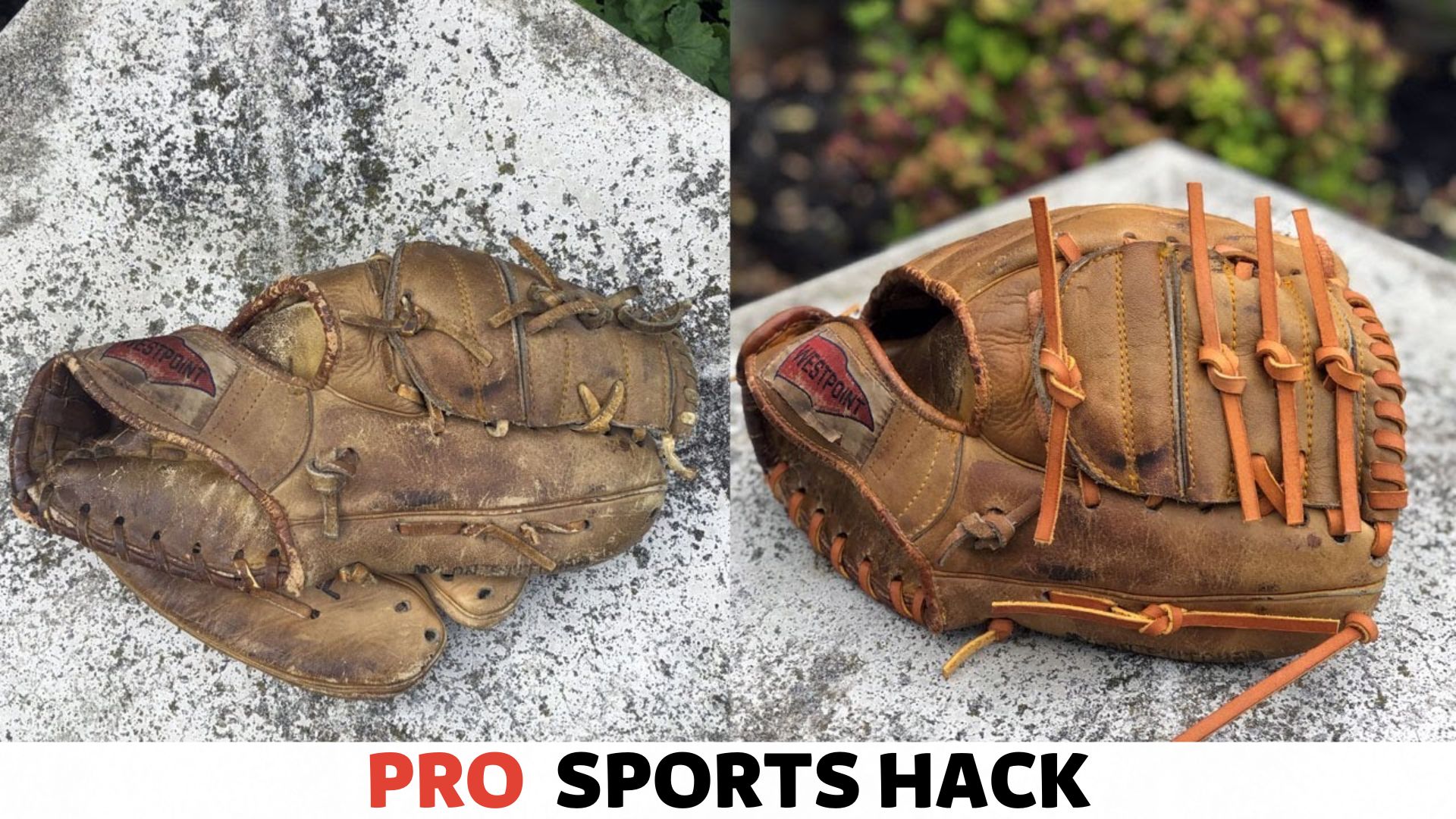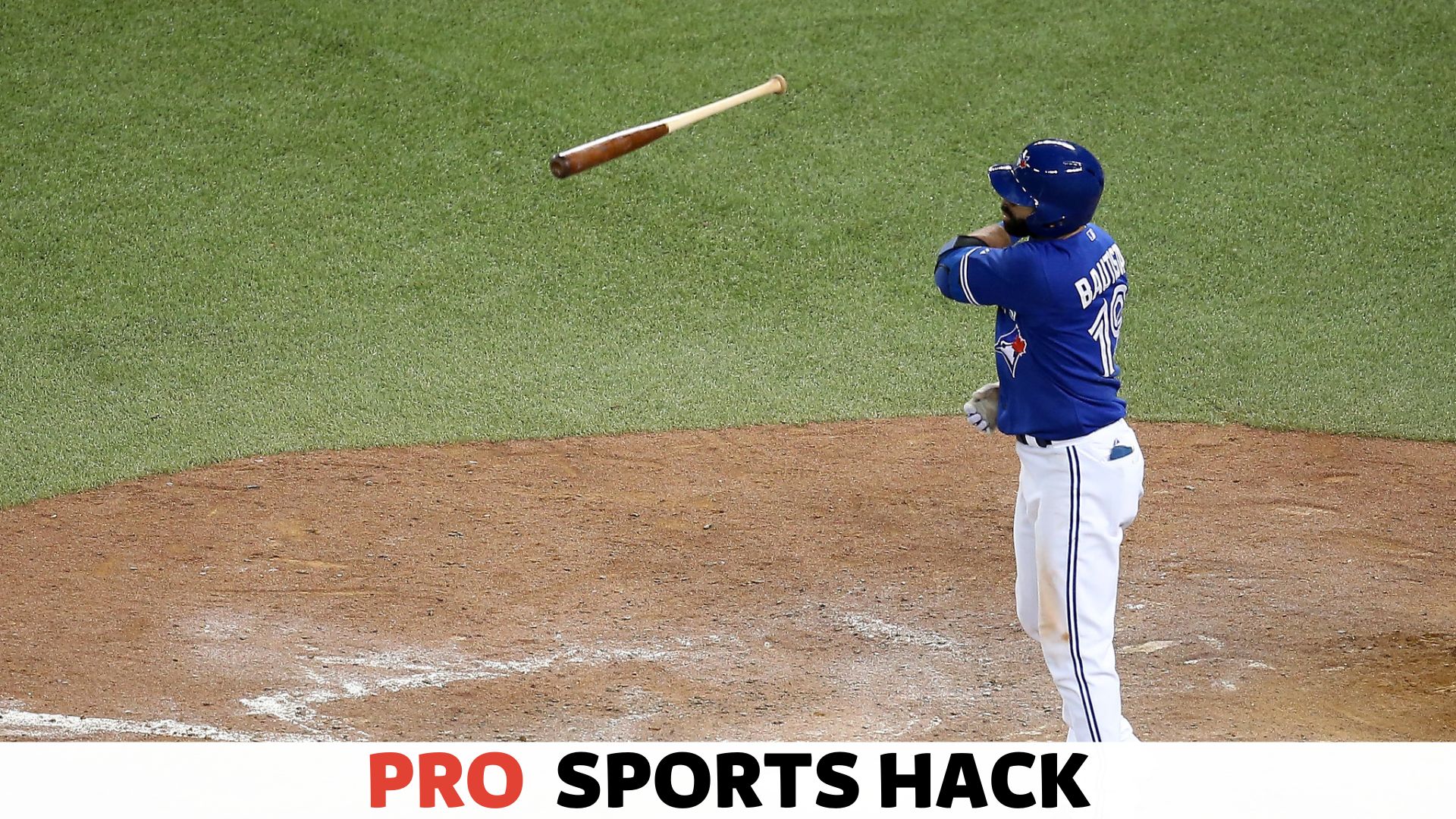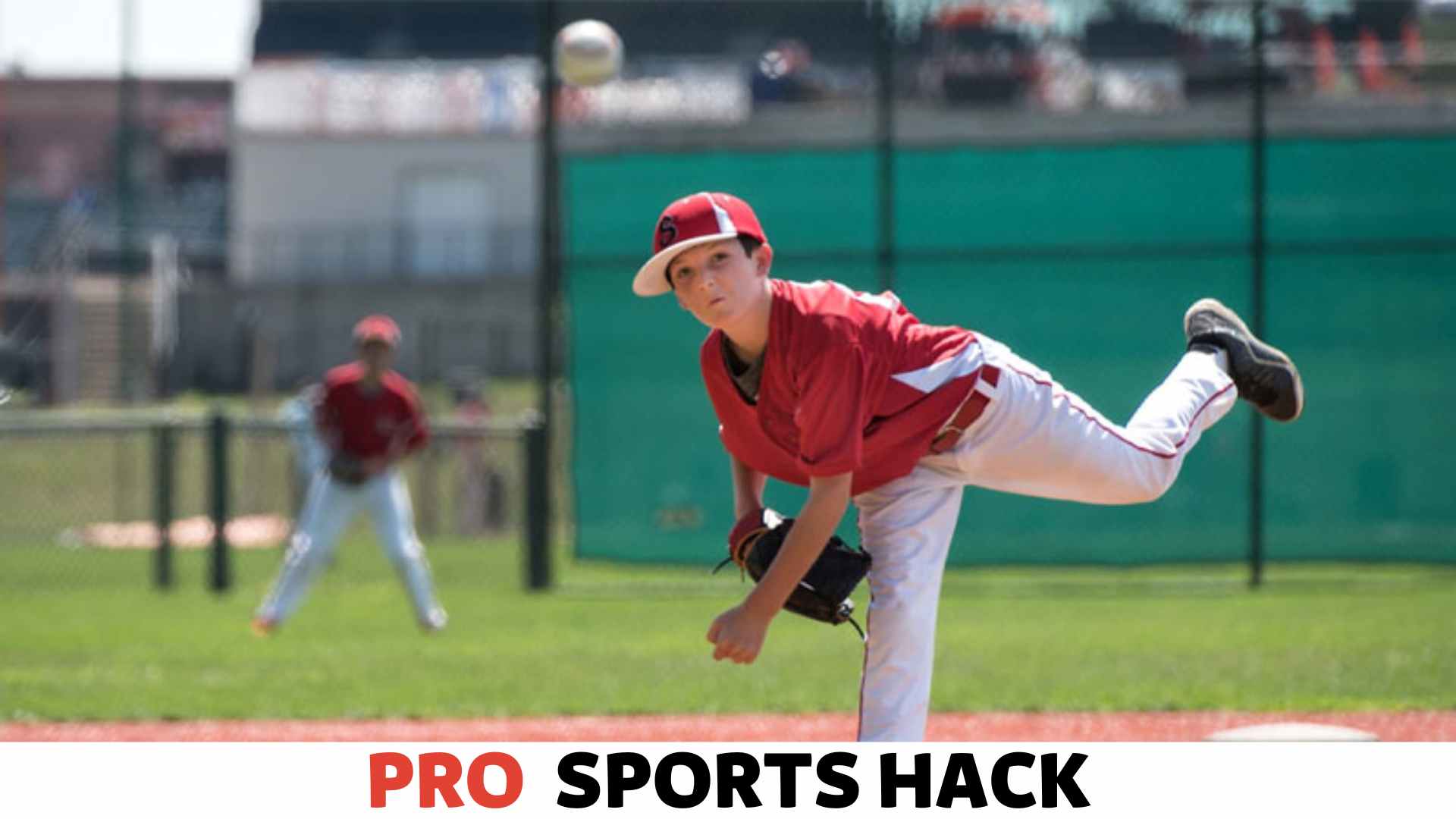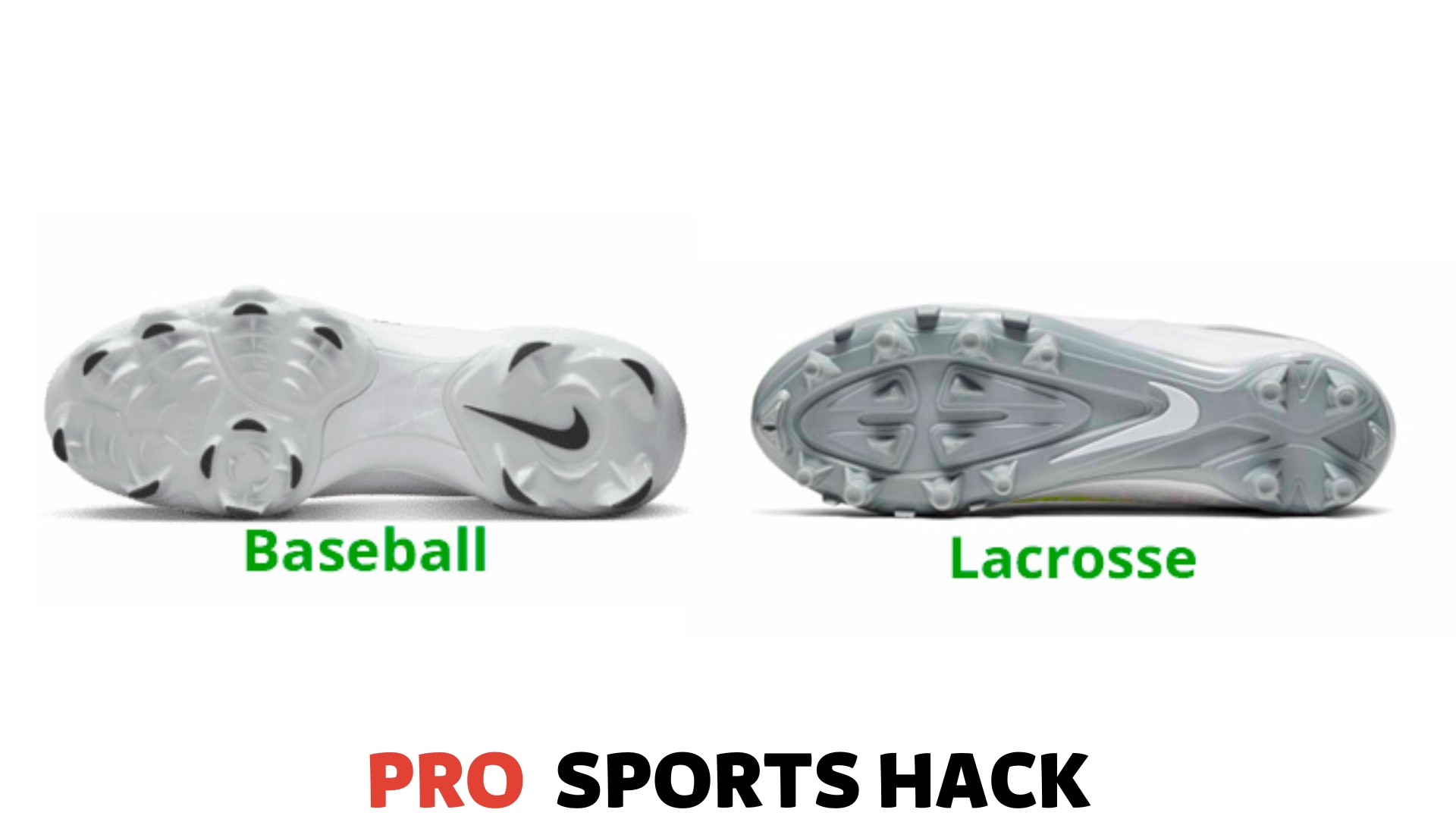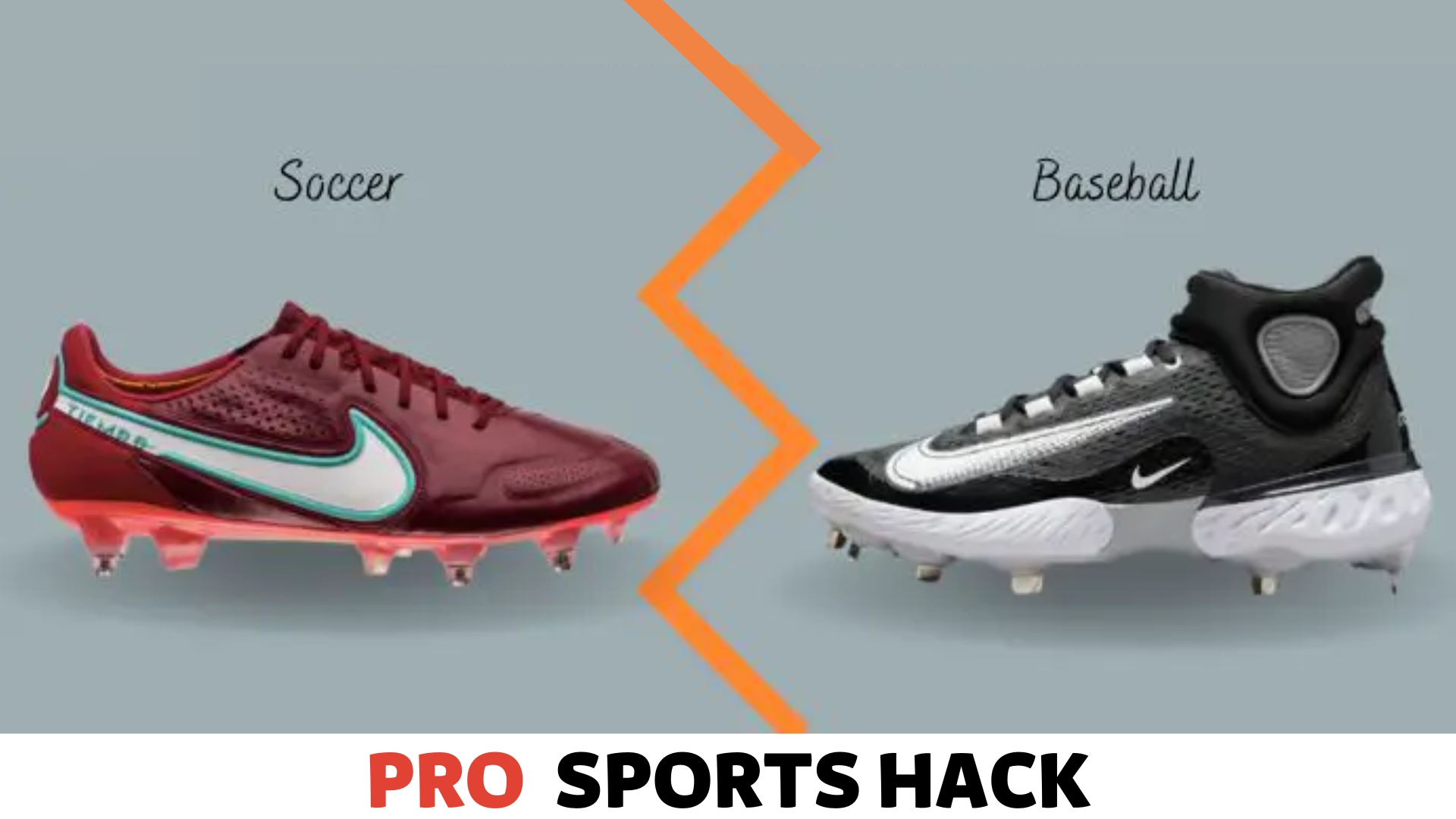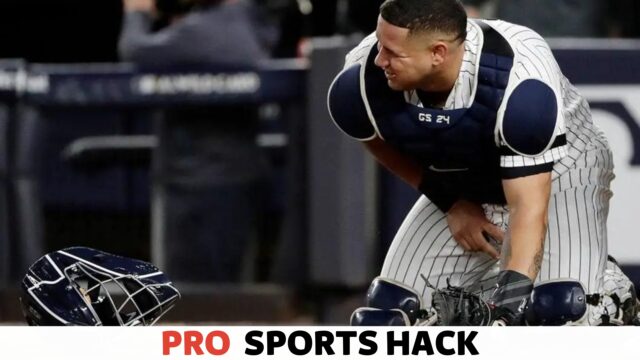
Yes, catchers wear cups to protect themselves from potential injury. Wearing protective gear is essential in sports to minimize the risk of injury, and baseball catchers are no exception.
Catchers wear cups to protect their genital area from fastballs, foul tips, and collisions at home plate. The cup is typically made of hard plastic and is worn underneath the catcher’s uniform pants.
It provides a rigid barrier that absorbs the impact and prevents serious injury.
Although uncomfortable, wearing a cup is necessary for catchers to stay safe on the field. In addition to the cup, catchers also wear other protective gear, such as helmets, masks, chest protectors, shin guards, and throat guards, to ensure maximum safety during a game.
The Role of Catchers in Baseball
Catcher’s Position and Responsibilities
A catcher is a vital position in baseball, playing a crucial role in defense and offense. Positioned behind home plate, the catcher is responsible for various tasks contributing to the team’s success. Let’s take a closer look at the position and responsibilities of a catcher.
Physical Demands of the Position
The role of a catcher demands a high level of physical fitness and endurance. Catchers need to be agile to react quickly to the fast-paced game and possess strength and stamina to endure the demanding nature of the position. Here are some physical demands that catchers need to meet:
- Quick Reflexes: As the game progresses at a rapid pace, catchers must be able to react swiftly to pitches and plan their moves accordingly. Their quick reflexes enable them to block wild pitches and catch fastballs precisely.
- Strong Arm: Catchers are the key players in throwing out baserunners attempting to steal a base. A strong and accurate arm allows them to make quick, precise throws to the bases, deterring opponents from taking an extra base.
- Durability: Catchers often endure physical collisions at home plate during plays, making durability a crucial attribute. Their ability to withstand these collisions and remain focused on the game is essential for success.
Besides the physical demands, catchers also need to have a deep understanding of the game, allowing them to effectively communicate and strategize with the entire pitching staff and the rest of the team.
Their leadership skills and ability to read the game significantly guide the team to victory.
Now that we have highlighted the position and responsibilities of catchers in baseball, it is evident that they play a vital role in the success of any team.
This specialized position requires physical skills, a deep understanding of the game, and excellent communication abilities.
Stay tuned to learn more about the role of catchers and the topic of do catchers wear cups as we dive deeper into the fascinating world of baseball!
Enhancing your football game starts with knowing how to make a football softer.
Understanding Catcher’s Equipment
Overview
When it comes to baseball, the catcher plays a vital role in the game. They are responsible for catching pitches thrown by the pitcher, blocking wild pitches, and throwing out runners attempting to steal bases.
Catchers wear specific protective equipment to ensure their safety while performing these tasks. This article will provide an in-depth understanding of the catcher’s gear, including its purpose and components.
The Purpose of Protective Gear
The primary purpose of a catcher’s protective gear is to safeguard the catcher from potential injuries caused by fast-moving pitches, foul balls, collisions, and sliding base runners.
Without proper protection, catchers would be prone to severe injuries in vulnerable areas such as the groin, chest, legs, and head.
Catcher’s gear is designed to absorb the impact of collisions and provide essential protection, allowing catchers to perform their roles confidently.
Examining the Different Components of a Catcher’s Gear
A catcher’s gear consists of multiple components that offer complete protection. These components include:
- Catcher’s Helmet: The catcher’s helmet, also known as a mask, is the most recognizable piece of equipment. It is constructed with a strong protective shell of durable materials such as fiberglass or carbon fiber. The helmet features a faceguard with a sturdy metal cage, protecting the catcher’s face and head from direct impact and potential injuries caused by foul tips or balls thrown in the dirt.
- Chest Protector: The chest protector covers the entire chest, shoulders, and upper body. It is made of a thick foam padding layer and reinforced with hard plastic plates for extra protection. The chest protector protects from fastballs, foul tips, and collisions at the plate, ensuring the catcher’s vital organs and ribs are shielded.
- Leg Guards: Leg guards protect the catcher’s legs, shins, and knees. They consist of hard plastic shells and padding, providing both frontal and lateral protection. The leg guards help absorb the impact of pitched balls, wild pitches, and sliding base runners, reducing the risk of fractures, bruises, and other lower leg injuries.
- Catcher’s Mitt: The catcher’s mitt is a specialized glove designed to assist the catcher in catching and controlling pitches. It is larger and heavily padded than other fielding gloves, allowing the catcher to catch fastballs more easily and minimize the risk of hand injuries. The mitt’s deep pocket helps secure the ball and prevents it from popping out upon impact.
- Protective Cup: Although not mandatory, many catchers wear a protective cup to guard their groin area. The protective cup, typically made of hard plastic or metal, protects against potential injuries caused by foul tips, wild pitches, or base runners sliding into home plate. It is an essential safety measure to ensure the catcher’s well-being during the game.
Understanding the various components of a catcher’s equipment is crucial for comprehending its purpose and importance. The helmet, chest protector, leg guards, catcher’s mitt, and optional protective cup form a comprehensive protective gear set.
By wearing this gear, catchers can confidently perform their role, safeguarding themselves against potential injuries on the field.
Do Catchers Wear Cups?
As catchers, both amateur and professional, take their positions behind home plate, many wonder whether or not they wear protective cups.
This debate surrounding catcher’s cups has been discussed among baseball players, coaches, and fans for years.
In this section, we will explore the potential risks and benefits of wearing cups, examine the different types of cups available, and consider the professional rules and regulations surrounding this protective gear.
The Debate Surrounding Catcher’s Cups
When it comes to catcher’s cups, there has been a long-standing debate about their necessity. Some argue that wearing a cup is crucial for a catcher’s safety, as it protects one of the most sensitive areas of their body.
The potential for injury from a foul tip, wild pitch, or collision at the plate is high, making protective gear essential.
On the other hand, opponents of wearing cups argue that they can be uncomfortable and restrict the catcher’s mobility, potentially affecting their performance behind the plate.
Exploring the Potential Risks and Benefits of Wearing Cups
Before deciding whether or not to wear a cup, weighing the potential risks and benefits is important. The primary benefit of wearing a cup is obvious – it protects the groin area.
In a high-impact sport like baseball, this can reduce the risk of serious injury and give catchers peace of mind while performing their duties.
However, there are also potential risks associated with wearing a cup. Some catchers find cups uncomfortable, as they can cause chafing or restrict movement.
Additionally, improperly fitting cups may not provide adequate protection and could cause more harm than good. Catchers need to find a cup that fits properly and allows them to move freely without sacrificing protection.
Examining the Different Types of Cups Available
Several types of cups are available, ranging from traditional hard-shell cups to newer, more flexible designs. Traditional hard-shell cups are made from rigid plastic or metal, providing maximum protection but may be less comfortable.
Newer designs, such as compression shorts with integrated cups, offer a more streamlined and flexible approach while providing adequate protection.
Catchers need to explore different options and find the cup that best suits their needs and preferences.
Preserving the quality of your sports equipment is crucial, and understanding how to clean a leather football is a key aspect.
Considering Professional Rules and Regulations
In professional baseball, rules and regulations regarding catcher’s cups can vary. While it is not explicitly required by Major League Baseball (MLB) regulations, the use of cups is highly encouraged.
Many professional catchers wear cups due to the game’s fast pace and high velocity.
In certain leagues or tournaments, wearing cups may be mandatory for all players for safety reasons.
The debate surrounding catcher’s cups continues, with valid arguments on both sides. Ultimately, whether or not to wear a cup rests with the individual catcher.
It is important to weigh the potential risks and benefits carefully, explore different cup options, and adhere to professional rules and regulations.
Regardless of the decision, prioritizing safety and comfort is key for catchers to perform at their best behind the plate.
Preserving the quality of your sports equipment is crucial, and understanding how to clean a leather football is a key aspect.
The Pros and Cons of Wearing Cups
As a catcher in baseball, one of the crucial decisions you’ll have to make is whether or not to wear a cup. While wearing a cup can provide some obvious benefits in terms of protection, there are also a few drawbacks to consider.
In this section, we will explore the pros and cons of wearing cups for catchers, providing insights from professional catchers on their preferences.
Benefits of Wearing Cups for Catchers
Wearing a cup as a catcher can offer several advantages:
- Enhanced protection: The primary benefit of wearing a cup is its added protection. As a catcher, you are positioned near the batter’s swing and stray foul balls. A cup can act as a barrier, significantly reducing the risk of injury to the sensitive groin area.
- Peace of mind: Knowing that you are wearing a cup can give catchers peace of mind, allowing them to focus on their game without fearing getting hit in a vulnerable area. This can boost confidence and improve performance on the field.
- Long-term health benefits: While the chances of a direct hit to the groin area are not common when it does happen, the consequences can be severe. Wearing a cup helps to mitigate the risk of long-lasting damage, such as testicular rupture or other serious injuries.
Disadvantages and Drawbacks
Despite the benefits, there are also a few drawbacks to consider when it comes to wearing cups:
- Comfort: Cups can be bulky and uncomfortable, especially if they do not fit properly. They can restrict movement and limit agility, potentially affecting a catcher’s ability to perform at their best.
- Sensitivity and reaction time: Wearing a cup can reduce the sensitivity in the groin area, which may impact a catcher’s ability to react quickly and make split-second decisions, such as blocking pitches or making throws.
- Chafing and irritation: Cups worn for extended periods or do not fit well can cause chafing and irritation, leading to discomfort during and after games.
Insights from Professional Catchers on Their Preferences
Professional catchers have varying opinions when it comes to wearing cups. Some prefer added protection and peace of mind, while others find the discomfort and restricted movement not worth the trade-off.
| Catcher | Preference |
|---|---|
| Alex Rodriguez | Wears a cup for every game, prioritizing safety above all else. |
| Yadier Molina | Does not wear a cup, relying on quick reflexes and agility. |
| Buster Posey | Wears a cup for high-intensity games but opts for comfort in less demanding situations. |
Ultimately, deciding whether to wear a cup as a catcher is personal. It depends on individual preferences, performance considerations, and the risk tolerance of each player.
As long as catchers prioritize their safety and make informed decisions, they can confidently protect themselves on the field.
Safety Precautions for Catchers
Catching in baseball is a demanding position requiring skill and careful attention to safety. Catchers are particularly vulnerable to injuries due to the nature of their role, which involves being near fast-moving baseballs and potentially colliding with base runners. To mitigate the risks involved, catchers must take certain safety precautions.
In this section, we will discuss the importance of proper fit for gear and explore alternative protective measures for catchers. We will also touch on key considerations for maintaining safety on the field.
Alternative Protective Measures for Catchers
While wearing a cup is the most common method of protection for catchers, there are alternative measures that can provide additional safety. These measures include:
- Throat Protectors: Catchers can wear throat protectors that attach to their masks to guard against potential injuries from foul tips or wild pitches. These protectors are typically made of durable materials such as plastic or metal mesh and are designed to deflect the impact away from the throat region.
- Extended Leg Guards: Catchers can opt for leg guards that provide extra coverage, extending further up the shin and knee compared to standard leg guards. These guards offer enhanced protection against errant foul balls or sliding base runners.
- Chest Protectors with Extra Padding: Some catchers prefer chest protectors with additional padding to absorb impact. These protectors often feature thick foam or gel padding around the chest and ribs, reducing the risk of injury from fastballs or collisions.
Importance of Proper Fit for Gear
Proper fit is crucial when it comes to catcher’s gear, as ill-fitting equipment can compromise both comfort and safety. Catchers should pay attention to the following aspects while fitting their gear:
- Mask: The mask should sit securely on the catcher’s face, covering the entire head and protecting the skull, face, and ears. It should allow for clear vision and unobstructed communication.
- Helmet: The helmet should fit snugly to stay in place during intense movements. It should provide sufficient padding around the head and a secure chinstrap to prevent it from dislodging.
- Throat Protector: The throat protector should be correctly attached to the mask and positioned to cover the vulnerable area. It should not obstruct breathing or impede movement.
- Chest Protector: The chest protector should offer full coverage of the chest and ribs. It should fit comfortably without restricting mobility, allowing the catcher to move naturally and perform defensive plays effectively.
- Leg Guards: Leg guards should extend from the knee to the top of the foot and wrap around the lower leg without impeding movement. They should fit securely, providing ample protection against impact.
Key Considerations for Maintaining Safety on the Field
Besides the gear, catchers must also adhere to proper safety guidelines to minimize the risk of injury. Consider the following key considerations:
- Positioning: Catchers should position themselves correctly behind the plate, ensuring they are in a balanced stance with a good view of the pitcher and the entire field. This allows them to react quickly to incoming pitches or potential plays.
- Communication: Effective communication is essential between catchers and other players on the field. Catchers should use clear and concise signals to communicate with the pitcher, infielders, and outfielders, preventing collisions and ensuring everyone is on the same page.
- Conditioning: Catchers should prioritize physical conditioning to maintain strength, agility, and endurance. Regular exercise and conditioning programs can help reduce the risk of injury by improving stability, flexibility, and overall fitness.
- Proper Technique: Catchers should be well-versed in the proper catching and throwing techniques to minimize stress on their bodies and reduce the risk of injury. Whether it’s blocking pitches, making throws, or fielding bunts, using correct form and mechanics is crucial.
- Maintenance and Replacement: Catchers should regularly inspect their gear for any wear and tear, promptly replacing damaged or worn-out equipment. This ensures that the protective gear remains effective and capable of providing the necessary level of protection.
By implementing these safety precautions, catchers can stay better protected on the field and continue to excel in their role as the backbone of the defense. Safety should always be a top priority for catchers and their teams.
Common Myths and Misconceptions
When it comes to the gear that baseball catchers wear, one topic that often sparks debate is whether catchers should wear cups. While some may argue that cups are necessary to protect against injury, others believe they are unnecessary and can even hinder performance.
In this section, we will address some common myths and misconceptions surrounding catcher’s gear and cups, separating fact from fiction.
Addressing Misconceptions About Catcher’s Gear and Cups
There are several misconceptions when it comes to catcher’s gear and cups. Let’s take a closer look at some of these:
Separating Fact from Fiction
Myth 1: Catcher’s Masks Provide Enough Protection, Making Cups Unnecessary
Fact: While catcher’s masks provide essential facial and head protection, they do not cover the groin area, leaving it vulnerable to potential injuries. Wearing a cup adds an extra layer of protection against foul balls, wild pitches, and collisions at the plate. It is important to note that even with a catcher’s mask, a foul tip or errant swing can still strike the groin region, resulting in severe pain and injury.
Myth 2: Cups Are Uncomfortable and Restrict Movement, Affecting Performance
Fact: Advances in sports technology have led to the development of lightweight and flexible cups specifically designed for athletes. These modern cups are not only comfortable to wear but also allow for unrestricted movement. Catchers can easily crouch, squat, and move behind the plate without discomfort or hindrance to their performance. Catchers must choose the right size and type of cup that fits them properly, ensuring comfort and protection.
Myth 3: Catchers Can Rely Solely on Their Skill to Avoid Groin Injuries
Fact: While skill and technique are vital for catchers, accidents can still happen on the field. Even the most experienced catchers can misjudge a pitch, resulting in a ball hitting the groin area. Wearing a cup provides additional protection, minimizing the risk of severe injury and allowing catchers to focus on their game without worrying about potential harm.
Myth 4: Cups Are Only Necessary for Male Catchers
Fact: Contrary to popular belief, both male and female catchers can benefit from wearing cups. The impact of a ball to the groin area can cause significant pain and potential long-term damage regardless of gender. Therefore, all catchers should consider wearing a cup as protective gear to ensure their safety during gameplay.
Myth 5: Cups Are Not Widely Used in Professional Baseball
Fact: While it is true that not all professional baseball catchers wear cups, it is a personal choice that varies from player to player. Some may feel more comfortable without a cup due to their experience level, personal preference, or other factors. However, many professional catchers wear cups as an added precaution against potential injuries. Ultimately, the decision to wear a cup should be based on each catcher’s needs and comfort level.
Tips for Properly Wearing and Maintaining Cups
When protecting themselves behind home plate, catchers understand the importance of wearing a cup. The cup protects against potential injury from foul balls, wild pitches, and player collisions.
However, it’s not enough to wear a cup – it’s equally important to ensure it is properly sized, cleaned and maintained.
In this section, we will discuss some essential tips for properly wearing and maintaining cups, ensuring both comfort and safety.
Ensuring Correct Sizing and Fit
Like any other sports equipment, a properly fitting cup is essential for optimal protection. Wearing an ill-fitting cup can be uncomfortable and compromise its effectiveness. Here are some tips to ensure correct sizing and fit:
- Measure your waist and hips to determine the appropriate size.
- Choose a cup that matches the size chart provided by the manufacturer.
- Ensure the cup covers the entire pelvic region and fits snugly without causing discomfort.
- Consider trying on different cup styles and brands to find the one that fits you best.
Cleaning and Caring for Cups
Proper cleaning and care are essential to maintain the hygiene of the cup and extend its lifespan. Follow these guidelines for cleaning and caring for your cup:
- After each use, wash the cup with clean water to remove sweat or dirt.
- Wash the cup with mild soap and water using a soft cloth or sponge.
- Avoid using harsh chemicals or abrasive materials that may damage the cup.
- Dry the cup thoroughly before storing it to prevent the growth of bacteria.
- Store the cup in a cool, dry place away from direct sunlight.
Additional Tips for Comfort and Safety
Aside from proper sizing and maintenance, there are a few additional tips to enhance comfort and safety when wearing a cup:
- Wear supportive underwear or compression shorts to keep the cup in place and reduce friction.
- Replace the cup if it becomes cracked, broken, or shows signs of wear and tear.
- Inspect the straps or waistband regularly to ensure they are secure and in good condition.
- Consider using additional padding or shock-absorbing materials for added protection.
- Remember to remove the cup before washing your gear to prevent any damage.
Following these tips for properly wearing and maintaining cups, catchers can ensure their safety on the field while maximizing comfort and performance.
Remember, a well-fitting and well-maintained cup is a crucial component of a catcher’s gear, so don’t overlook its importance.
Frequently Asked Questions
Are MLB Catchers Required to Wear a Cup?
Yes, MLB catchers are required to wear a cup for protection during games.
Why Don’t Catchers Wear Cups?
Catchers don’t wear cups for better mobility and flexibility, allowing them to move freely.
What Percentage of MLB Players Wear a Cup?
Approximately 80-90% of MLB players wear a cup for protection during games.
Do MLB Catchers Wear An Earpiece?
MLB catchers sometimes wear earpieces to communicate with teammates and coaches, improving coordination and strategy.
Do Catchers in Baseball Wear Cups?
Yes, many catchers wear cups for added protection during games, as they pose a high risk of injury.
Conclusion
The use of cups in baseball catchers’ gear is widely debated. While some may argue that modern protective gear eliminates the need for cups, it is clear that the potential risks of injury still exist.
Catchers play a dangerous position, constantly exposed to high-speed pitches, foul balls, and feisty baserunners.
Wearing a cup provides an additional layer of protection for sensitive areas. Catchers must prioritize their safety and consider the potential consequences of not wearing a cup.
Ultimately, the decision is personal, but it is recommended that catchers err on the side of caution and opt for the extra protection that a cup provides.
By doing so, they can confidently step onto the field, fully equipped to handle any challenges that may come their way.




![Cat in the Chrysalis Spoiler: All You Need To Know [Updated] Cat in the Chrysalis Spoiler](https://prosportshack.com/wp-content/uploads/2024/02/Cat-in-the-Chrysalis-Spoiler-100x75.jpg)







